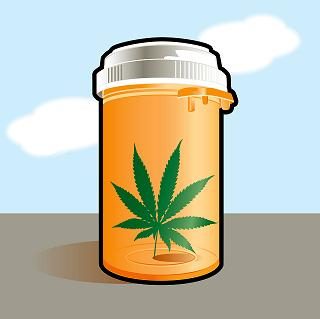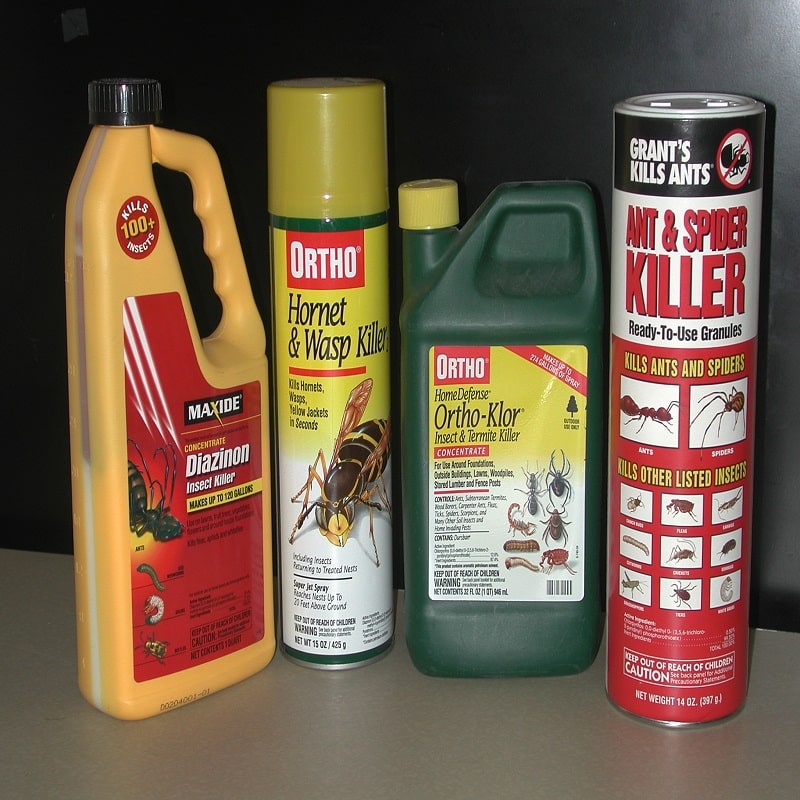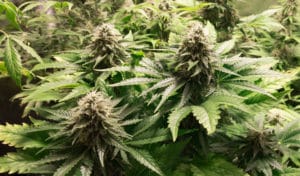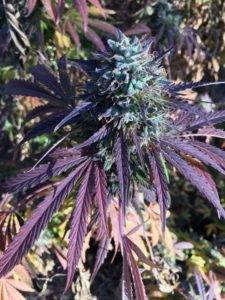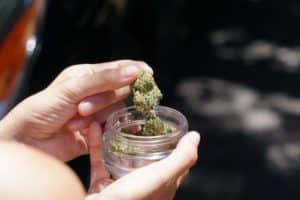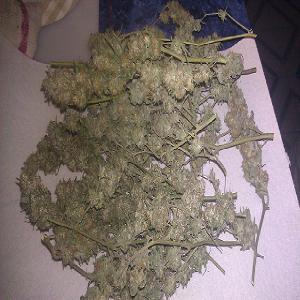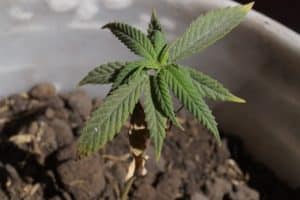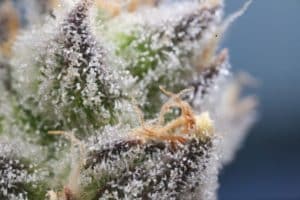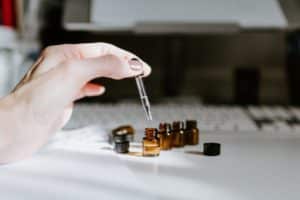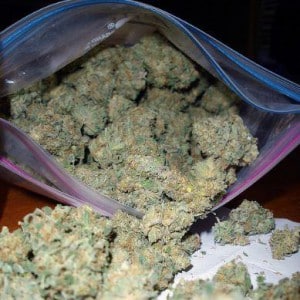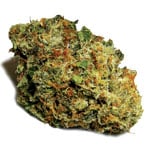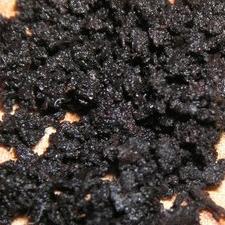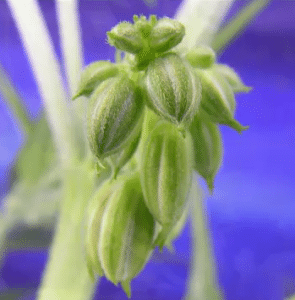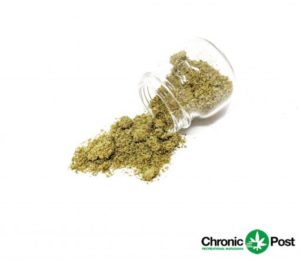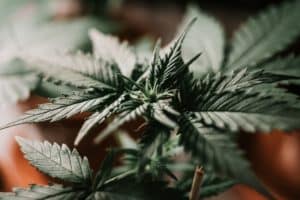 Two retired Multnomah County, Oregon, prosecutors have come out in our state’s largest newspaper against the legalization of marijuana proposed for the November ballot by New Approach Oregon.
Two retired Multnomah County, Oregon, prosecutors have come out in our state’s largest newspaper against the legalization of marijuana proposed for the November ballot by New Approach Oregon.
Norm Frink, former chief deputy district attorney, and Mark McDonnell, former chief of the drug unit at the Multnomah County District Attorney’s Office, worked with members of New Approach Oregon at the legislature to create a legalization plan, but now call the initiative “deeply flawed.”
McDonnell cites Washington’s legalization as a better model for its inclusion of a per se stoned driving standard and proscription against home growing. He also prefers just one ounce of possession over NAO’s proposed eight ounces. Frink goes further in wanting police to be able to draw blood of suspected stoned drivers without a warrant. He also laments NAO’s lack of packaging and dosing standards for marijuana-infused edibles.
Why do Frink & McDonnell think legalizing marijuana invents stoned drivers? You’d think they had never successfully prosecuted anyone in Multnomah County for a marijuana DUID in the time they served.
Marijuana exists NOW. 300,000 Oregonians use marijuana monthly NOW. Cars exist NOW. Driving stoned in them is illegal NOW. How the hell are cops catching stoned drivers NOW? Are we to assume that nobody’s ever considered how to catch a stoned driver until 2014, sixteen years after we passed medical marijuana and have 60,000 patients on the roads?
Washington State’s 5ng/mL per se DUID limit is a cruel joke. Watch this KIRO report on how ineffective and arbitrary the limit is.
In the video, a medical marijuana patient named Addy arrives to the test at 16ng/mL, 3x the limit, and drives almost perfectly. At 7x the limit, she’s still raising no red flags for the driving instructor in her car or the drug recognition expert cop watching her from afar. She gets up to 11x the limit, 56ng/mL, before the drug cop even thinks she’s “borderline” impaired.
By the way, at 11x the alcohol limit, or 0.88 BAC, you’d be dead of alcohol poisoning.
But it’s not just the medical marijuana patients with the high tolerance who’d be unjustly convicted of impairment. The same tests showed that a weekend user of mild tolerance and an annual user with no tolerance also performed just fine on the driving test at levels a few multiples higher than the 5ng legal limit.
The fact is that as much as cops and DAs would love to have a magic number on a sciencey machine to make jailing pot-using drivers easier, marijuana ain’t alcohol. Alcohol is a hydrophilic (water-soluble) molecule that produces psychomotor and judgmental impairment in a reliable, dose-dependent, weight-adjusted manner. If I or any other 240lb man have five drinks in an hour, I will be above 0.08 BAC and I will be too impaired to safely drive a car.
But marijuana is a lipophilic (fat-soluble) molecule that is processed in an inconsistent manner by a body that easily develops tolerance to its psychomotor impairing effects. As you can see in the KIRO video, the frequent toker drives better at the higher levels than the weekend toker, who then drives better at higher levels than the occasional toker. That frequent toker could conceivably wake up in the morning sober and already over a 5ng limit, while a newbie at 3ng might be a giggling mess.
Sorry, there just is no magic number technology to tell you how impaired someone is by marijuana. So why shouldn’t cops continue detecting the impairment of stoned drivers the way they have been for decades now, with roadside field sobriety tests and officer observation?
Furthermore, Frink & McDonnell’s opposition to home growing is also ludicrous. Every Oregonian is allowed to brew hundreds of gallons of their own beer and it’s far cheaper than retail prices with the alcohol taxes attached. Yet somehow, Oregon has a thriving microbrew market that in no small part owes its success to the legality of home brewing.
Again, people are illegally growing pot at home NOW. They will continue to even after marijuana is legalized, just as some continue to do it in Washington State (after all, it’s no more illegal to grow at home than it was before). But just like home brewing, it is a pain in the ass and takes a certain talent to make something worthwhile.
We just have to look at the medical market to see the truth in this. Any medical marijuana patient is allowed to grow 24 plants and have 24 ounces. Yet, dispensaries cropped up as patient numbers rose. Why did those patients seek to spend more money per gram on marijuana than the cost of growing tit themselves?
Most recreational tokers will be glad to shop in a well-lit, adults only store offering a huge variety of products rather than cleaning their grow room of spider mites (again) in the hopes of producing some half-decent marijuana two months from now. Especially when New Approach Oregon legalizes marijuana the right way, with a tax on weight, not price, capped at $35 per ounce. As Washington rolls out limited supplies of $20/gram marijuana it is easy to see why people would want to grow their own, but when Oregon rolls out marijuana at $85 – $100 per ounce, none but the most dedicated will consider growing a measly four plants at home.
Without home grow, all we would be doing is continuing to felonize good Oregonians who are committing no harm to others. Somebody growing four plants at home is not setting up to be the marijuana kingpin of Multnomah County.
Finally, their concern about eight ounces of marijuana at home being too much shows how little they understand about harvesting marijuana. New Approach Oregon limits home grows to four plants. Even a novice grower should be able to get two ounces per plant. Thus, the eight ounce home limit fairly protects a home grower from accidentally exceeding her possession limit when she harvests.
Frink & McDonnell purposefully omit the fact that outside the home, only one ounce of possession is permitted by NAO, because then you’d realize it’s no scarier than the decriminalization of possession of an ounce outside the home that currently only earns a ticket and a fine. To consider Washington as the model, when its first open pot shops are closing for lack of inventory and its prices are double or triple the black market price, shows just how out of touch these former jailers of pot users are on the legal marijuana issue.
But at least they recognize “it’s a practical reality” that “marijuana legalization is inevitable.”



